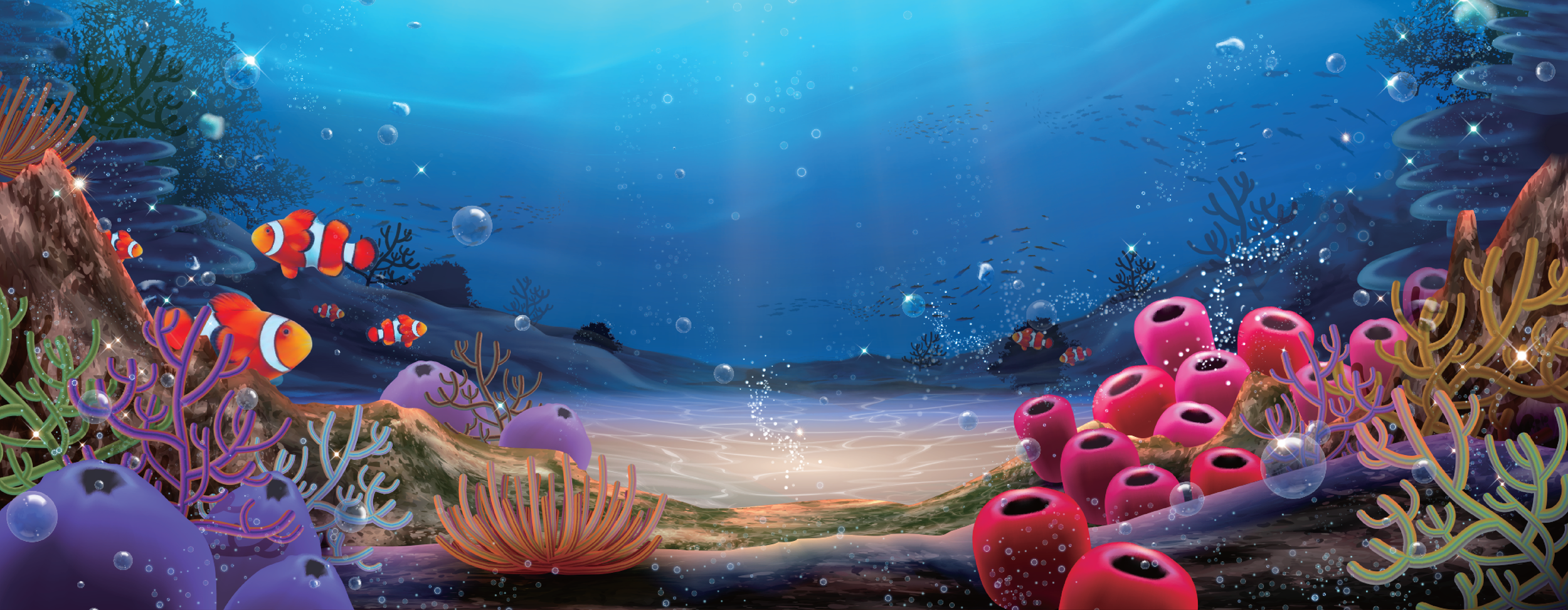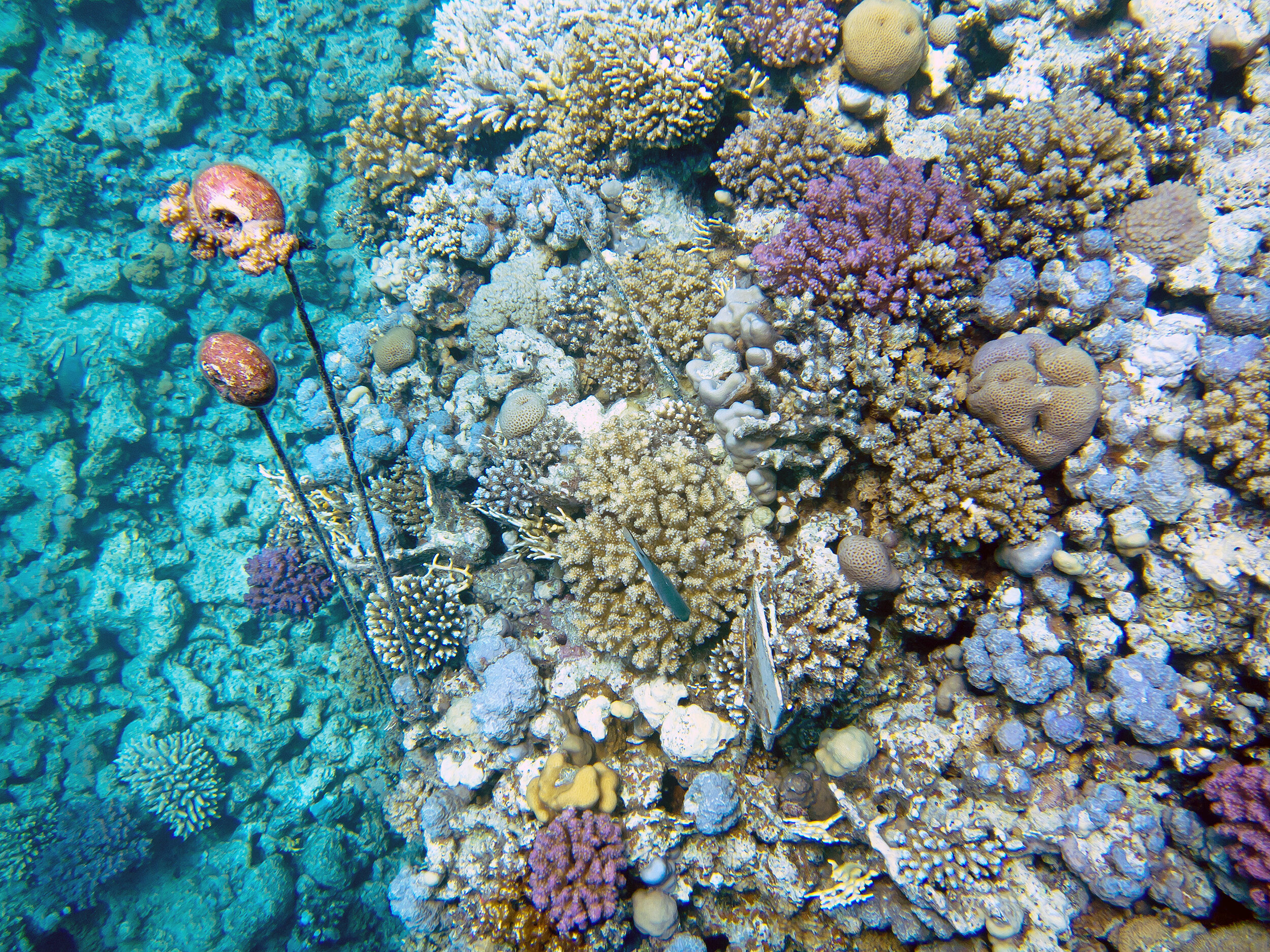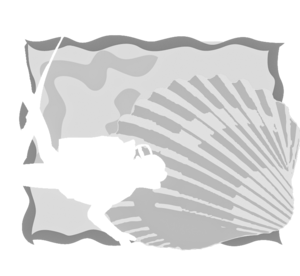CORAL REEFS
A coral reef is an underwater ecosystem characterized by reef building corals. Reefs are formed of colonies of coral polyps held together by calcium carbonate. Most coral reefs are built from stony corals, whose polyps cluster in groups.
Coral reefs begin to form when free swimming coral larvae attach to submerged rocks or other hard surfaces along the edges of islands or continents.
As the corals grow and expand, reefs take on one of three major characteristic structures; fringing, barrier or atoll.
Coral reefs are built by coral polyps as they secrete layers of calcium carbonate beneath their bodies. The corals that build reefs are known as hard or reef building corals. Soft corals, such as sea fans and sea whips, do not produce reefs, they are flexible organisms that sometimes resemble plants or trees.
Corals are animals and unlike plants, corals do not make their own food. The branch or mound that we often call a coral is actually made up of thousands of tiny animals called polyps.
There are about 6,000 (species) of corals, though there are some estimates that reach as high as 9,000 species. with about 3,000 species being hard corals that build coral reefs.
Most corals contain a symbiotic algae called zooxanthellae which helps with photosynthesis and also produces oxygen and helps the coral to remove wastes.
Healthy coral reefs require: light, low nutrients and clear water, salinity comprised between 32 and 42 ppm* (parts per million), water temperatures between 18 and 32 degree celcius and water circulation.
WHY ARE CORAL REEFS IMPORTANT?
Coral reefs provide a buffer, protecting 20% of the world's coasts from waves, storms, and floods. Corals form barriers to protect the shoreline from waves and storms. The coral reef structure buffers shorelines against waves, storms, and floods, helping to prevent loss of life, property damage and erosion.
Coral reefs are nature's water filtration system. Many individual corals and sponges consume particles found in the ocean. In turn, this enhances the clarity and quality of the ocean's waters.
Corals act as a nursery for more than 25% of all marine species and provide a food source for more than 100 million people worldwide.
Bring approximately 10 trillion USD into worldwide economies through tourism activities.





































